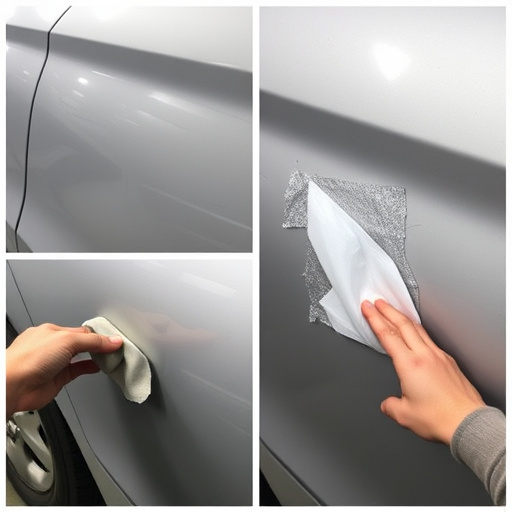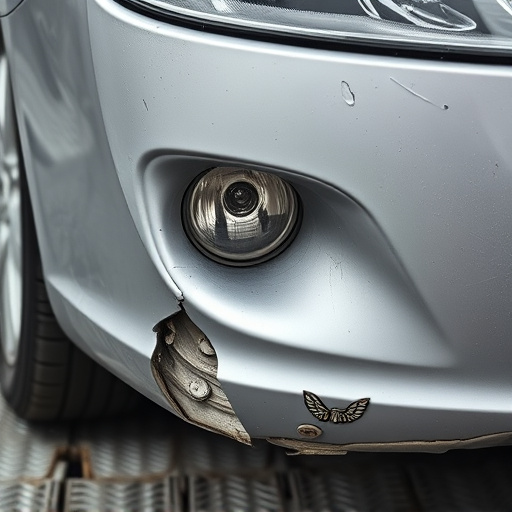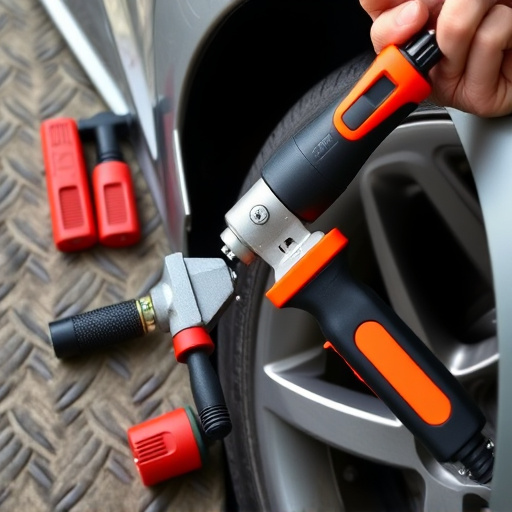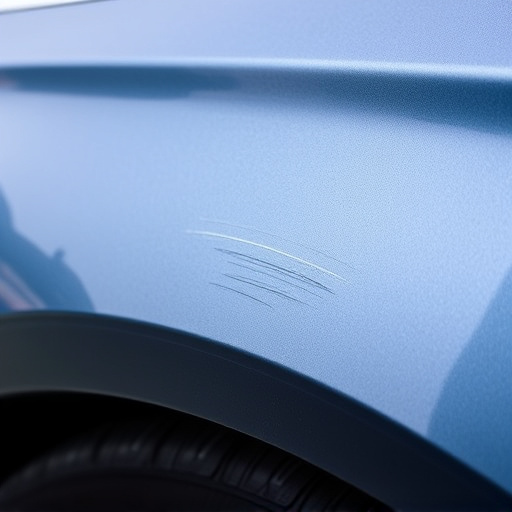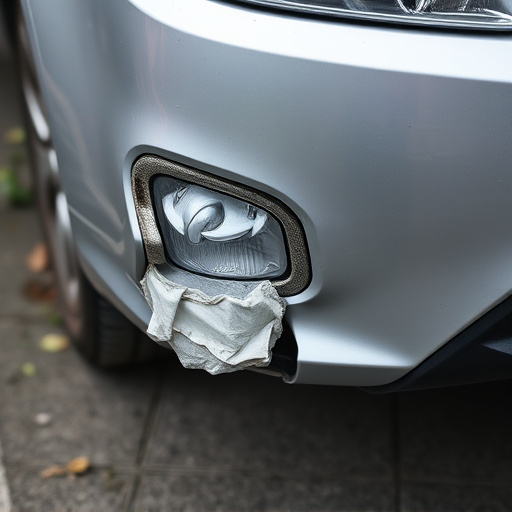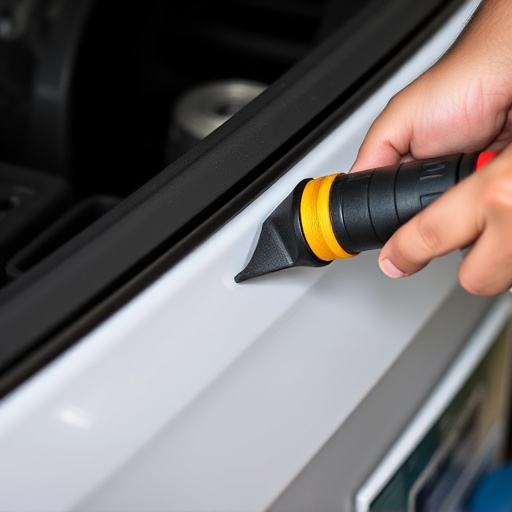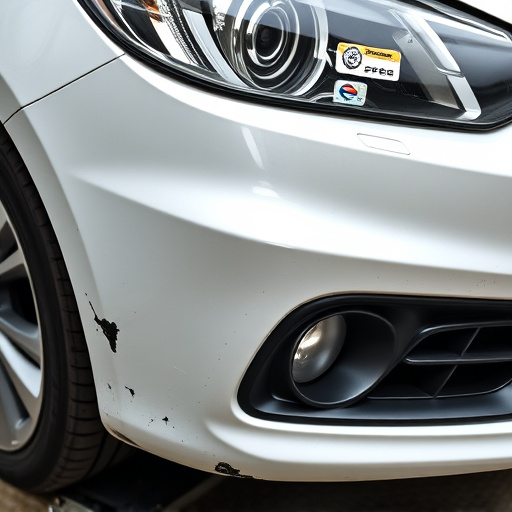The Mercedes Tire Pressure Monitor (TPMS) Reset is a critical safety feature ensuring tire pressure aligns with manufacturer recommendations. While DIY methods exist, consulting professionals post-repairs or services is advised for accurate, safe resets and TPMS function. This guide offers a step-by-step DIY process, emphasizing preparation and monitoring after reset, but cautions against complex repairs without expert knowledge.
“Are you facing a Mercedes tire pressure monitor reset? This comprehensive guide explores two options: professional help vs. DIY methods. Understanding the Mercedes Tire Pressure Monitor System is crucial for safe driving. Professional assistance offers peace of mind, expert knowledge, and quick fixes. Alternatively, DIY approaches provide cost savings and self-reliance.
Learn about the benefits and process, from step-by-step guides to essential considerations, to make an informed decision for your Mercedes tire pressure reset.”
- Understanding Mercedes Tire Pressure Monitor Reset
- Benefits of Seeking Professional Assistance
- DIY Approach: Step-by-Step Guide and Considerations
Understanding Mercedes Tire Pressure Monitor Reset

The Mercedes Tire Pressure Monitor (TPMS) Reset is a crucial aspect of vehicle maintenance, ensuring your tires are inflated to the manufacturer’s recommended pressure for optimal performance and safety. This system constantly monitors tire pressure and alerts drivers when there’s a significant discrepancy. Understanding how to reset it correctly is essential for every car owner, especially those who value their vehicle’s precision and safety features.
Performing a Mercedes TPMS Reset involves re-initializing the system after adding or removing air from your tires. This process allows the sensor in each tire to communicate accurately with the car’s computer, providing real-time data on pressure levels. While some owners opt for DIY methods, it’s recommended to consult a professional, especially for more complex cases or following a collision repair or paintless dent repair service, to ensure the system functions correctly and safely.
Benefits of Seeking Professional Assistance

Seeking professional assistance for a Mercedes tire pressure monitor reset offers several advantages that DIY methods simply can’t match. Firstly, experienced technicians have access to specialized tools and diagnostic equipment designed specifically for modern vehicles like Mercedes. This ensures a more accurate reset process, accounting for unique vehicle specifications and sensor configurations.
Moreover, professionals can identify any underlying issues with your vehicle’s tire pressure monitoring system (TPMS). They can detect and address problems that may be obscured by surface-level fixes, such as faulty sensors or communication errors between the TPMS and the vehicle’s computer. This comprehensive approach not only guarantees a properly reset system but also enhances your vehicle’s overall safety and performance, preventing issues related to improper tire pressure from escalating into more costly repairs like those required for scratch repair, collision repair, or extensive autobody repairs.
DIY Approach: Step-by-Step Guide and Considerations

Some folks may opt to perform a DIY Mercedes tire pressure monitor reset, particularly for minor issues or out of curiosity. It’s a straightforward process that involves resetting the system’s memory and recalibrating the sensors. Here’s a step-by-step guide:
1. Preparation: Ensure your vehicle is parked on a level surface, engage park mode, and allow sufficient time for the tire pressure monitoring system (TPMS) to reset itself after any recent changes in tire pressure.
2. Accessing the Control Unit: Locate the TPMS control unit, often found beneath the steering wheel or within the glove compartment. In some Mercedes models, it might be integrated into the instrument cluster.
3. Resetting the System: Referring to your vehicle’s manual for specific instructions, locate the reset button on the control unit and press and hold it for a few seconds until a confirmation message appears. The system will then perform a self-diagnostic test.
4. Monitoring: After the reset, drive at speeds exceeding 15 mph (24 km/h) to allow sensors to recalibrate. Keep an eye on your dashboard’s TPMS light for any error messages indicating issues after the reset.
While DIY can be tempting, remember that complex auto body repairs and Mercedes benz repair require professional expertise. Uncertain about any aspect? Always consult a qualified mechanic for proper care and safety of your vehicle.
When it comes to resetting your Mercedes’ tire pressure monitor, deciding between professional help and a DIY approach depends on your comfort level and time availability. While a DIY method offers a step-by-step guide for those eager to tackle the task themselves, professional assistance ensures a thorough and safe reset, especially for complex cases. Remember, a correct Mercedes tire pressure monitor reset is crucial for optimal vehicle performance and safety. Choose the option that best suits your needs and always prioritize your peace of mind.

